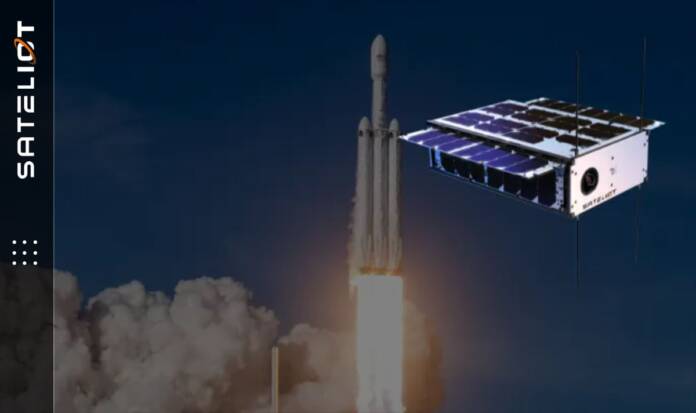In a historic event, SpaceX has launched the first 5G satellite into space, called GroundBreaker, which promises to revolutionize global connectivity and facilitate access to the Internet of Things (IoT) worldwide. The project, led by the Barcelona-based company Sateliot, has as its main objective to fill the gaps in data and communication networks worldwide.
The Sateliot_X constellation: a network of satellites in low Earth orbit
GroundBreaker: the pioneer in the connectivity revolution
The first satellite in the constellation, GroundBreaker, is a small 10 kg device that orbits Earth in Low Earth Orbit (LEO). This satellite is the first of a series of more than 250 that will form part of the Sateliot_X constellation. These satellites will communicate with terrestrial cell phone towers to provide coverage in areas where data networks are deficient.
Applications and potential markets
With improved global coverage, Sateliot_X seeks to impact multiple public and private markets, such as land, rail, air and maritime transport. By integrating the IoT into a cohesive network between terrestrial and orbital cellular relays, the efficiency of hundreds of industries is expected to benefit.
The promise of seamless global connectivity
Seamless connection between terrestrial and space networks
Thanks to this innovative technology, users will be able to switch from a terrestrial network to a non-terrestrial 5G network without the need to purchase additional hardware, such as antennas or modems. They will also be able to continue using their current SIM cards and mobile operators, facilitating mass adoption of the IoT globally.
Coverage of large areas
As the constellation expands, each satellite will orbit the Earth every 90 minutes, providing coverage areas three times the size of Texas. With these characteristics, the Sateliot company aspires to cover the 85% of the planet that currently lacks mobile connectivity.
The future of the constellation and other similar projects
Although Sateliot has not announced a launch date and vehicle for its next satellite, the company has already achieved sales of more than $1.3 billion. On the other hand, other mega-satellite constellation projects are being developed, such as SpaceX’s Starlink, the European Union and China constellations, and Amazon’s Kuiper project, which will launch in 2024.














